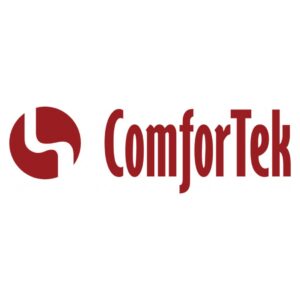Steady nursing care trends
The stability in nursing care fundamentals continues as occupancy has remained essentially flat. In 3Q11, nursing care occupancy was 88.3 percent, which is unchanged from the prior quarter and consistent with where occupancy has oscillated in the past year.
Absorption continued to post modest declines, with the number of occupied units decreasing by 0.2 percent in 3Q11. While absorption trended negatively, the number of operational beds also declined by 0.2 percent—on par with absorption, resulting in unchanging occupancy.
The phenomenon of net declining inventory is the result of both the closing of properties as well as a shift from semi-private to private rooms. Although properties that are renovating semi-private rooms into private rooms are not necessarily decreasing their number of licensed beds, with the conversion to private rooms, the operational bed supply of those properties does typically decline.
Private-pay rents continued to increase on average at an annual pace of approximately 3 percent—a pace which rent growth has oscillated around for more than two years. The average per diem private-pay rate was $268 as of 3Q11. Private-pay residents, however, are a minority among nursing care residents, making up less than 20 percent of nursing care residents. The largest payor source continues to be Medicaid, which was the payment source for 63.1 percent of nursing care residents in 3Q11.
Graph courtesy of NIC MAP Data & Analysis Service.
I Advance Senior Care is the industry-leading source for practical, in-depth, business-building, and resident care information for owners, executives, administrators, and directors of nursing at assisted living communities, skilled nursing facilities, post-acute facilities, and continuing care retirement communities. The I Advance Senior Care editorial team and industry experts provide market analysis, strategic direction, policy commentary, clinical best-practices, business management, and technology breakthroughs.
I Advance Senior Care is part of the Institute for the Advancement of Senior Care and published by Plain-English Health Care.
Related Articles
Topics: Articles , Housing











